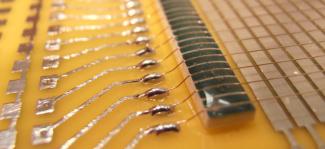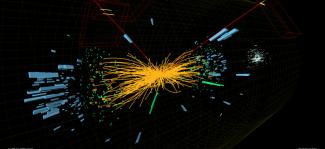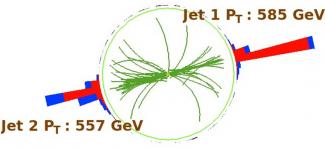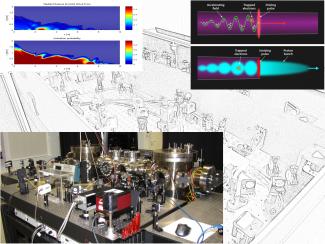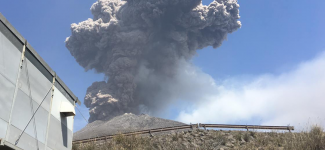High Energy Experimental Particle and Heavy Ion Physics
High Energy Experimental Particle and Heavy Ion Physics
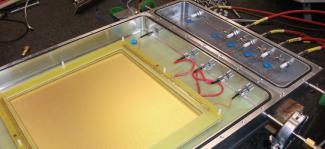 Department leader
Dezső Varga
Department leader
Dezső Varga
under construction...
High Energy Experimental Particle and Heavy Ion Physics

Department leader
Dezső Varga
under construction...
After the infrastructure developments of the previous years, the activities of the group were
focused on detector development and detector physics research. This includes contributions
to specific CERN experiments, such as the ALICE, NA61 and RD51. Relevant detector physics
projects were financed by H2020 grants. In the field of cosmic muon imaging, novel
methods and novel detector systems were established, leading to a Japanese-Hungarian
utility patent.
The aim of our research group is to better understand the strong interaction through collisions of nucleons and nuclei by performing basic and advanced measurements (cross sections, particle spectra and correlations), and by testing various theoretical ideas (quarkgluon plasma, gluon saturation, critical endpoint of the phase diagram). We participate in several complementary experiments (mainly ALICE and CMS), both in data-taking and physics analysis.
Group leader: Viktor VESZPRÉMI
Webpage: twiki.wigner.mta.hu/twiki/bin/view/HEP/StandardModelNewPhysics
Publications of the group: link to the database of the Hungarian Scientific Bibliography
The Laser Particle Accelerator Technologies Research Group participates in the development of novel particle acceleration technologies where ultra-short, high-intensity laser pulses play a major or even a dominant role. We take part in the AWAKE Collaboration at CERN where laser pulses create the plasma that acts as an accelerating medium...
The High-Energy Geophysics Research Group has been launched by 5 members. The members have different expertises and relevant experiences in research and development of instrumentation, in particle physics, Earth sciences and engineering. The research group is integrated into the structure of HUN-REN Wigner RCP's Department of High Energy Physics. The goal of the High-Energy Geophysics Research Group is to complete the research and development work carried out at Wigner RCP and enhance the focus on scientific research. The partners support the research group with various interdisciplinary expertises (instrumentation development, volcanology, geology, atmospheric physics). We aim to conduct the social implementation of our developments in cooperation with industrial partners.



